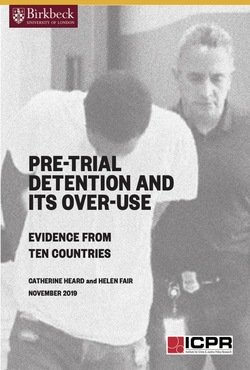By Catalina Franco Buitrago, David J. Harding, Shawn D. Bushway, and Jeffrey D. Morenoff
We find that people involved in low-level crime receiving a prison sentence are more likely than those with non-prison sentences to be re-imprisoned due to technical violations of parole, rather than due to new crimes. We identify the extent and cost of this incapacitation effect among individuals with similar criminal histories using exogenous variation in sentence type from discontinuities in Michigan Sentencing Guidelines. Technical violations disproportionately affect drug users and those first arrested as juveniles. Higher re-imprisonment adds one-quarter to the original sentence’s incapacitation days while only preventing low-severity crime, suggesting that prison is cost-ineffective for individuals on the margin.
NHH Dept. of Economics Discussion Paper No. 03/2022, 79p.






